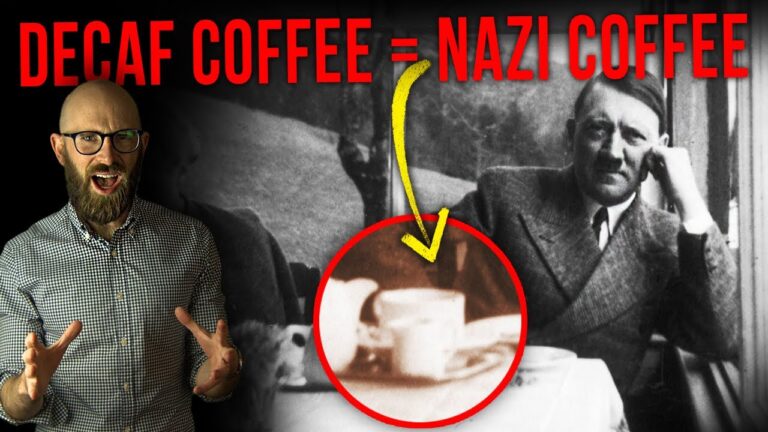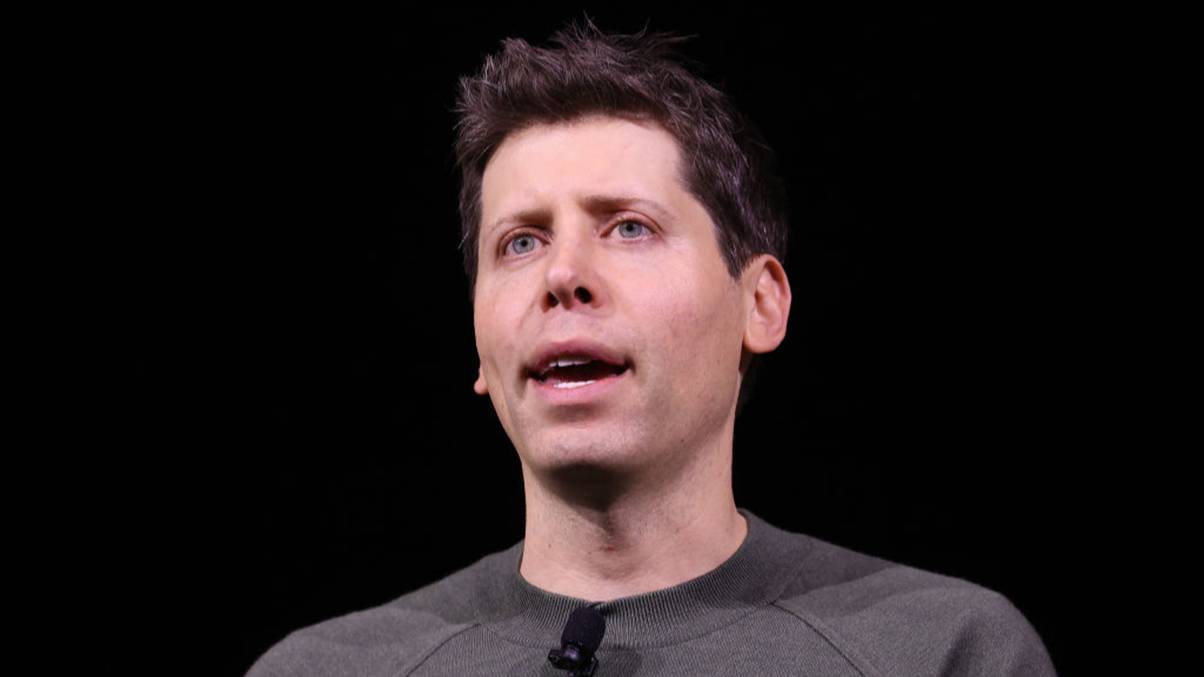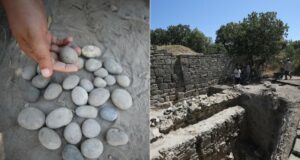“Unveiling the Secrets: How Your Favorite Drinks Lose Their Kick Without Losing Flavor!”
We begin our story with the decaffeination of coffee and tea. The first person to extract caffeine from coffee beans was German chemist Friedlieb Ferdinand Runge, who in 1819 isolated the active ingredient of the deadly nightshade plant Atropa belladonna – a toxic alkaloid today known as atropine. During the Renaissance, women dripped extract of deadly night shade into their eyes to dilate their pupils and achieve a fashionable doe-eyed look – hence the name belladonna, meaning “beautiful woman.” Runge determined that atropine was responsible for this dilating effect, testing the compound on the eyes of cats. This research soon came to the attention of German poet and polymath Wolfgang von Goethe, who, having just received a shipment of coffee beans, asked Runge if he could isolate the active stimulant compound. Runge obliged, and in 1820 succeeded in extracting and identifying caffeine. However, this is where his research on the matter ended; he did not further investigate the chemistry of caffeine nor seek to use his extraction process commercially to produce decaffeinated coffee. That breakthrough would have to wait nearly a century.
The father of decaffeinated coffee as we know it today was Ludwig Roselius, a coffee roaster’s apprentice from Bremen, Germany. Roselius’s quest against caffeine was a personal one: his father’s death in 1902 was attributed by the attending doctor to his drinking too much coffee. However, the method for removing it from coffee was discovered entirely by accident. As the story goes, one day Roselius received a shipment of coffee beans which had accidentally been soaked in seawater. After drying, roasting, brewing, and tasting the beans, Roselius found to his surprise that the saltwater had removed most of the caffeine while leaving the flavour largely intact aside from a slight saltiness. Based on this discovery, in 1905 Roselius patented a decaffeination method and in 1906 founded the company Kaffee Handels-Aktiengesellschaft or Coffee Public Trading Company – better known as Kaffee HAG. Roselius’s decaffeinated coffee beans would soon be sold across Europe under the brand name Sanka – a contraction of the French sans caféine – and in the United States as Dekafa.











